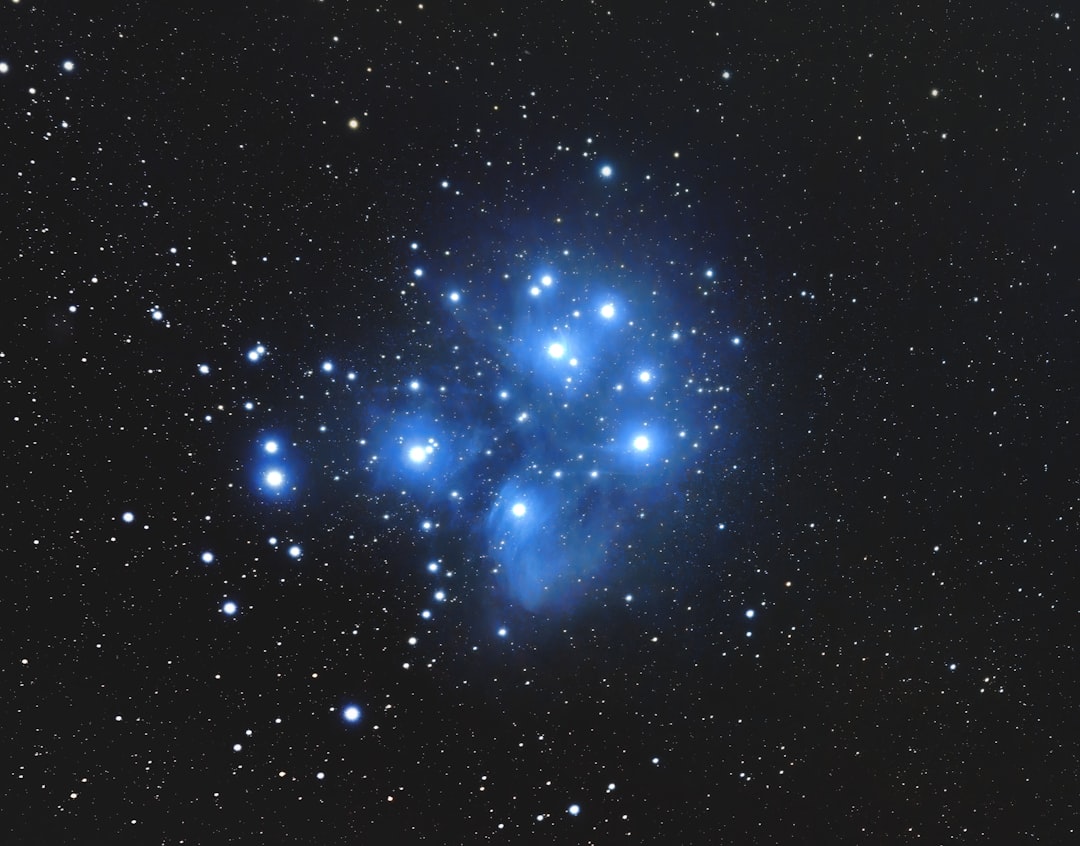What is it about?
Using cultural niche construction theory as the conceptual framework, we extend the story of the cultural evolution of Homo sapiens beyond the time of the classic, mobile forager bands of the Palaeolithic period into the Neolithic period in southwest Asia. This was the time when people began to live together in the first large-scale communities in permanent settlements. We are particularly interested in the elaborate symbolism and demanding practices to demonstrate commitment that were devised to reinforce the corporate sense of identity in these new, large communities.
Featured Image
Why is it important?
The early Neolithic of southwest Asia is a much studied research field that is usually associated with questions about the domestication of plants and animals and the origins of agriculture. The two authors bring together a detailed, first-hand knowledge of the new archaeological discoveries from archaeological sites like Göbekli Tepe and a theoretical interest in the application of cultural niche construction theory in explaining the social, cultural and cognitive demands of this period of major transformation.
Perspectives
I wanted to work with Kim Sterelny, whose work I had come to admire greatly. I have been wanting to develop an evolutionary approach to the Neolithic transformation for some time. And I wanted to see how Kim would respond to the very powerful archaeology of the Neolithic, and carry forward the account of human social and cultural evolution that he developed in his book The Evolved Apprentice. It was a real pleasure as well as a great learning experience for me, as we batted drafts of the article backwards and forwards, and had long email conversations about it.
Professor Trevor Watkins
University of Edinburgh
Read the Original
This page is a summary of: Neolithization in Southwest Asia in a Context of Niche Construction Theory, Cambridge Archaeological Journal, August 2015, Cambridge University Press,
DOI: 10.1017/s0959774314000675.
You can read the full text:
Contributors
The following have contributed to this page










